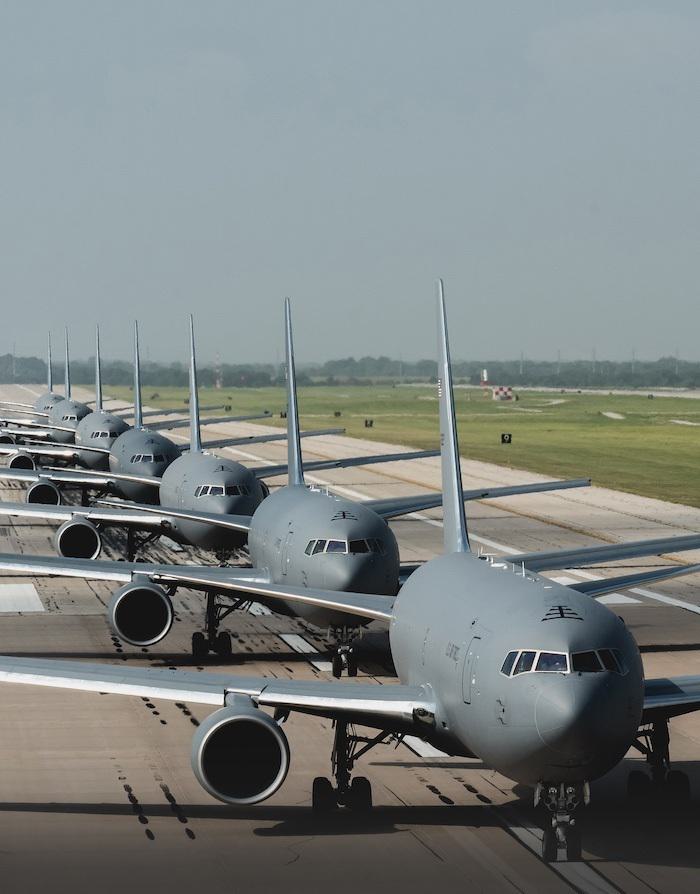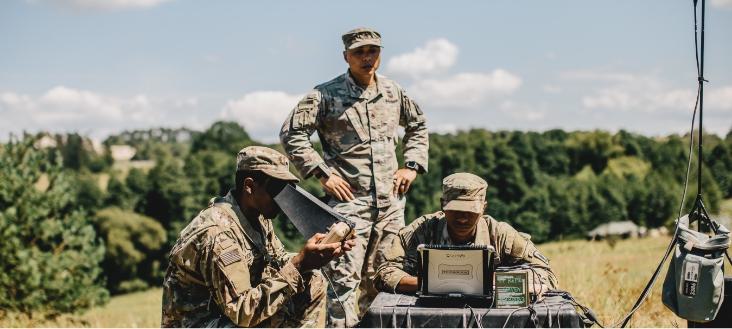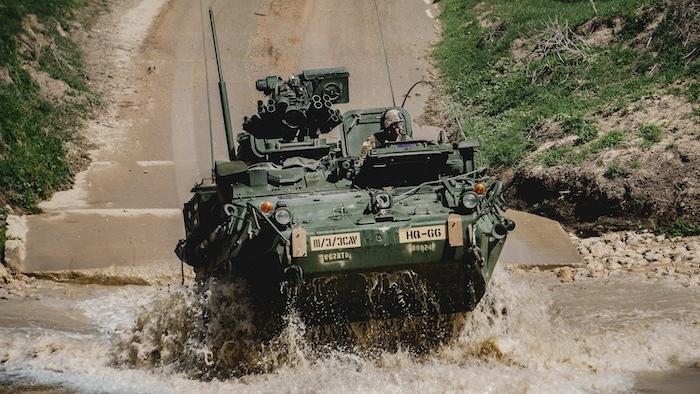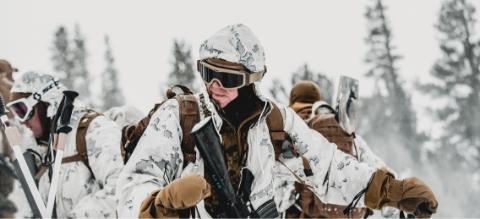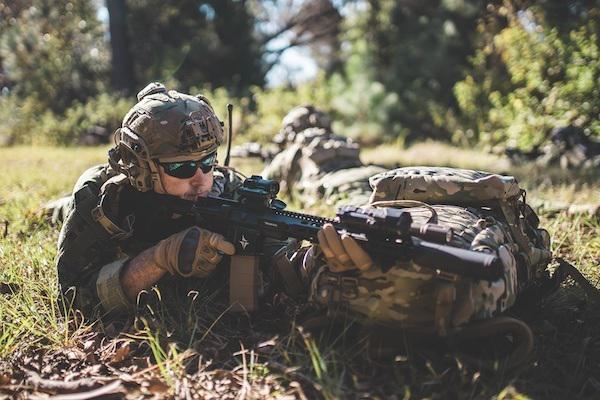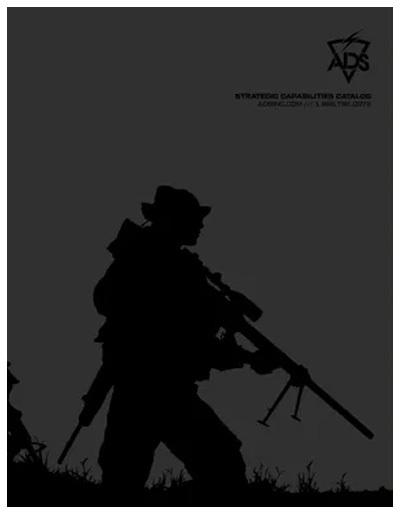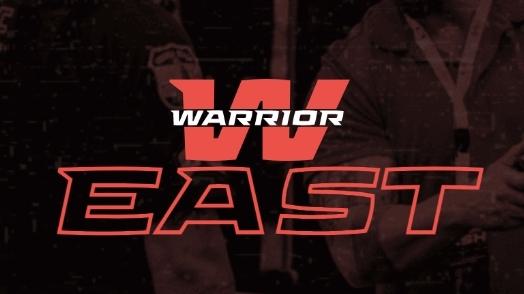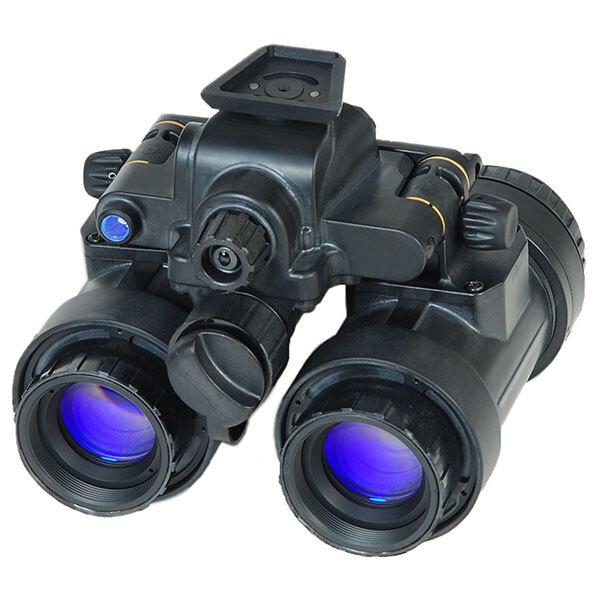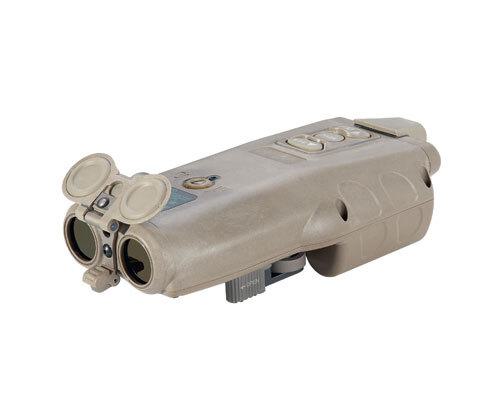A command and control system (C&C system) is a computer-based system that provides real-time information and communication (RTIC) between soldiers, commanders, and military staff. C&C systems consist of hardware, software, and communication networks.
C&C systems help military units operate at maximum efficiency by streamlining communication. Combined with other battlefield technology, such as unmanned aerial vehicles (UAVs), location-based services, and night vision solutions, a C&C system reduces the risk of friendly fire incidents and increases unit safety.

